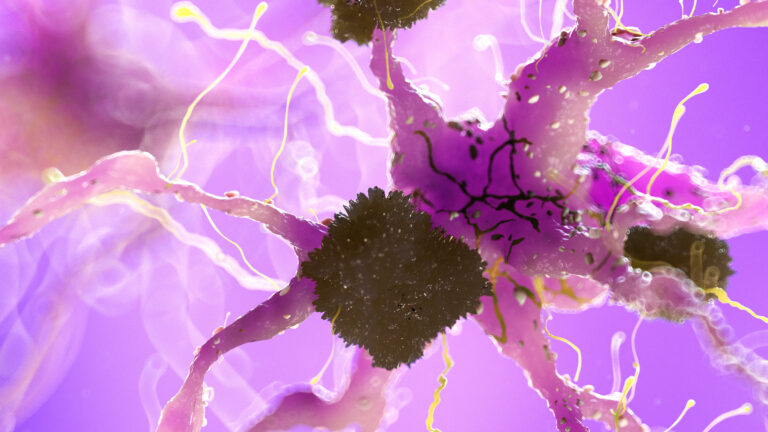Radiologists reduce motion artifacts during MRI scans through a combination of patient management, advanced imaging techniques, hardware adaptations, and sophisticated software algorithms designed to detect, compensate for, or correct motion effects. Motion artifacts occur because MRI scans require the patient to remain still for extended periods while the machine collects data; any movement—voluntary or involuntary—can blur or distort the images, reducing diagnostic quality.
One fundamental approach is **patient preparation and instruction**. Radiologists and MRI technologists carefully explain the importance of staying still and sometimes use physical supports like cushions or straps to minimize voluntary movement. For patients who have difficulty remaining still—such as children, elderly individuals, or those with neurological conditions—sedation or anesthesia may be employed to reduce motion.
Beyond patient cooperation, **hardware and sequence modifications** play a crucial role. MRI sequences can be designed to be faster, reducing the time during which motion can occur. Techniques like **respiratory gating** synchronize image acquisition with the patient’s breathing cycle, capturing data only at specific points in the respiratory phase to minimize motion blur from chest or abdominal movement. This is especially important in cardiac and thoracic imaging. Similarly, **ECG gating** aligns data collection with the cardiac cycle to reduce motion artifacts caused by the beating heart.
Another key strategy involves **navigator echoes and motion tracking**. Navigator echoes are brief MRI signals acquired intermittently during the scan that monitor the position of organs or the diaphragm in real time. This information allows the scanner to adjust or gate the acquisition dynamically, capturing images only when the anatomy is in the desired position. Some systems use external tracking devices or fiber optic sensors to monitor patient motion, feeding this data back to the scanner to adapt the imaging process.
On the software side, radiologists and engineers use **retrospective motion correction algorithms**. These computational methods analyze the raw MRI data (k-space) to detect inconsistencies caused by motion and correct them during image reconstruction. Techniques include phase shift correction, motion trajectory estimation, and compressed sensing with motion models. Recent advances leverage **deep learning and artificial intelligence**, which can identify and reduce motion artifacts by learning from large datasets of motion-corrupted and motion-free images. AI-driven denoising and reconstruction algorithms can produce high-quality images even when the patient moves, enabling shorter scan times and better tolerance for motion.
Some modern approaches reorder the acquisition of MRI data based on detected motion states rather than time, allowing for **motion-resolved reconstructions** that improve anatomical clarity despite continuous or cyclic motion. This is particularly useful in dynamic imaging of joints or organs that naturally move during scanning.
In summary, reducing motion artifacts in MRI is a multi-faceted challenge addressed by:
– Educating and physically supporting patients to minimize voluntary motion.
– Using gating techniques synchronized with physiological cycles (breathing, heartbeat).
– Employing navigator echoes and external motion tracking for real-time adjustment.
– Designing faster MRI sequences to shorten scan duration.
– Applying advanced retrospective correction algorithms, including AI-based methods, to clean up motion effects after data acquisition.
– Implementing motion-resolved reconstruction strategies that accommodate continuous motion.
Together, these methods help radiologists obtain clearer, more reliable MRI images, improving diagnostic accuracy and patient care.





